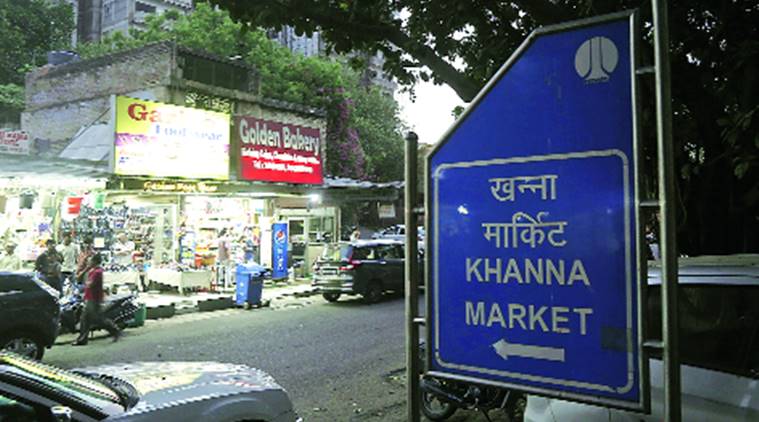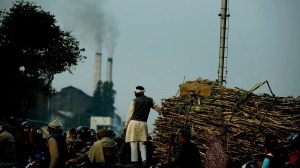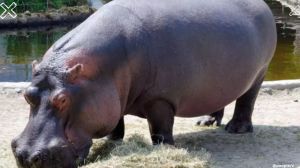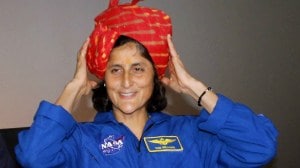- India
- International
Street wise: Behind names of Khanna and Meherchand markets, a minister brought to India by Nehru
While Khanna Market was set up in 1954, Meherchand Market came up in the early 1960s and both got their names from the man who set them up.
 According to Singh, the market changed into a “hip” one when Cafe Coffee Day set up shop there over a decade ago.
According to Singh, the market changed into a “hip” one when Cafe Coffee Day set up shop there over a decade ago.
Weeks after 12-year-old Madan Mohan Arora arrived in Delhi from Pakistan’s Gujranwala in August 1947, his father set up a shop on a footpath, selling plastic combs, hand mirrors and talcum powder.
His humble beginnings paved way for a store in 1954, in what is now one of New Delhi’s posh addresses — Khanna Market, next to its cousin Meherchand Market. “Shops in the area were allotted to refugees, who migrated during the Partition, by the Union Minister of Rehabilitation Mehr Chand Khanna. My father paid around Rs 2,500 for it,” said 84-year-old Arora, seated at the family’s Arora General Store.
While Khanna Market was set up in 1954, Meherchand Market came up in the early 1960s and both got their names from the man who set them up. “The markets have always been called this… I am not sure if the Minister named them so or people did, out of gratitude,” said Ravinder Grover (70), former president of Khanna Market, whose father purchased a shop in 1969, from where the family ran a printing press.
Incidentally, Khanna, born and raised in Peshawar, had no plans of migrating to India. “He founded the Hindu Sabha, and was quite close to North West Frontier Province (NWFP) leaders Khan Abdul Ghaffar Khan and Khan Abdul Jabbar Khan. He served as a cabinet minister from the NWFP government twice and did not move to India in 1947,” said Professor Narayani Gupta.
In 1948, Khanna and Ghaffar Khan were arrested. That’s when the then Prime Minister Jawaharlal Nehru asked Frank Anthony, retired lawyer and leader of the Anglo-Indian community, to go to Peshawar to secure his release. Khanna moved to India and served as Rehabilitation Minister from 1954 to 1962.

Arora recalled the early years of the market, when there was no road, no streetlight and even “afternoons were scary”. The ‘60s saw a shift, as old quarters in the area were allotted to government officers and Khanna Market became a local shopping centre.
By the ‘60s, in the middle of the refugee market, two-three south Indian restaurants popped up, including Chidambaram’s New Madras Hotel — a busy 15-seater that serves rice idli for Rs 80 now. There’s also Devan’s South Indian Coffee and Tea pvt ltd, started by D Vasudevan in 1962.
His son Keshav Dev (52) said, “We were not refugees, my father came from Kerala and took this shop on rent from a person who was allotted this by Minister Khanna. We catered to a big south Indian population that settled in Lodhi Colony, expats in Chanakyapuri and locals who were well-travelled.”
Set up in 1962, Meherchand Market, with its designer stores, quirky cafes and graffiti walls, was in fact a hub of tailors and tent houses.
“It was called a ‘wonder’ market because the tailors were masters of alteration… Dada ki pant pote ko aa jaati thi (A man’s pants could be altered to fit his grandson). There were so many tent houses too,” said Inderjeet Singh (62), whose father set up Guru Tegh Bahadur Tent and Light House in 1962.
According to Singh, the market changed into a “hip” one when Cafe Coffee Day set up shop there over a decade ago. “Khan Market was the obvious choice for big brands at the time but they realised the rents were too high and parking was a problem… so they slowly started coming here. But sealing in the last two years has ruined business,” he said.
Apr 25: Latest News
- 01
- 02
- 03
- 04
- 05







































